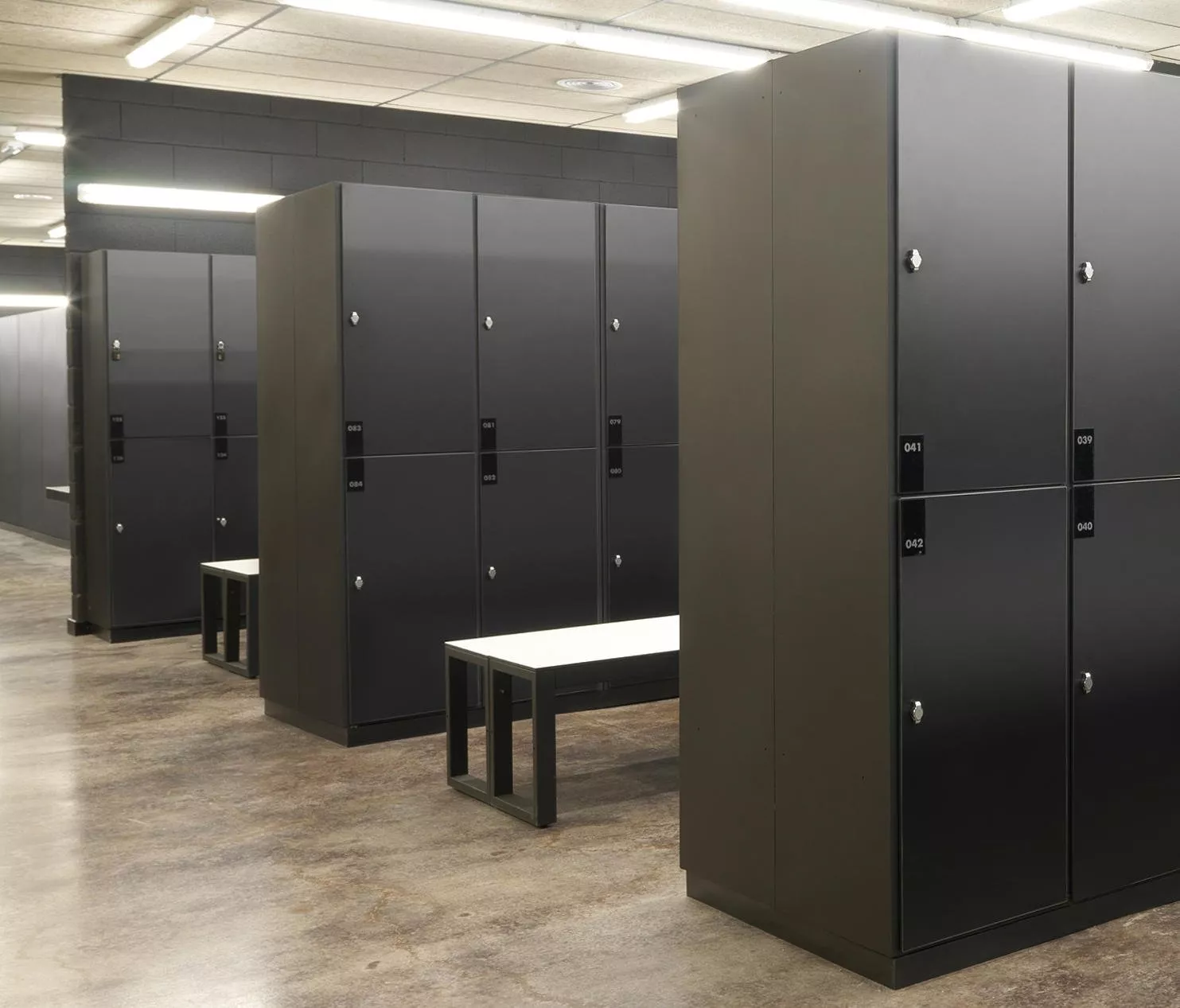HPL wood is one of the most recent materials to be used in both interior and exterior spaces in terms of design, decoration, and finishing. It achieves both beauty and exceptional performance, having numerous features that make it an outstanding choice for a wide range of uses.
What is HPL wood? What are its applications? What are the specifications and features of HPL wood? What are the colors of HPL? All these questions and more will be answered in this article, so if you are interested, continue reading to the end.
What is HPL wood?
HPL wood is often inquired about; it is one of the types of composite materials usually made from several layers of different materials. HPL wood consists of resin-enriched paper mixed with rubber, to which a layer of melamine is added, then processed under high pressure and temperature. This leads to its hardening and transformation into a panel that is extremely durable and suitable for many uses, which will be discussed in more detail in the following paragraph.
Uses of HPL
To continue with our discussion of HPL wood, we must first understand its uses. Because of its unique properties, HPL wood is used in a variety of applications in construction, interior, and exterior design, including:
- Building facades.
- Manufacturing of doors and windows.
- Office and home furniture.
- Finishing kitchens and bathrooms.
- Horizontal surfaces such as tables and desks.
- Interior walls.
- Floors.
- Ceilings.
- HPL bathroom partitions.
- HPL bathroom dividers.
In short, HPL wood can be used in a variety of applications in the field of construction and decoration, thanks to the variety of designs, colors, and features it provides, which will be detailed in the next paragraph.
Features of HPL wood
After learning what HPL wood is, we must understand its specifications. HPL wood is characterized by many advantages that have made it popular in the fields of construction, interior, and exterior design, including:
- It is hard, durable, and strong, making it scratch and damage resistant.
- Resistant to various weather conditions, including moisture and high temperatures.
- Available in a variety of designs and colors, designers can select the most appropriate to achieve the desired look.
- Easy to maintain, install, and clean, saving time and effort.
- It has good resistance to ultraviolet rays, making it ideal for outdoor use without its color changing or its quality diminishing over time.
In short, HPL wood provides a variety of applications, both inside and outside buildings, ensuring the achievement of beauty and exceptional performance.

Colors of HPL
After learning about what HPL wood is, its uses, and its specifications, we can clarify the available HPL colors. It is available in a wide range of colors to meet different design needs and suit various tastes and decorative styles, including some common colors:
- White.
- Black.
- Gray.
- Blue.
- Brown.
- Green.
These colors are just examples of the available shades; there are many more different colors that may be available for HPL panels in countless shades. So, consult with companies that specialize in supplying HPL.
In conclusion, after exploring the definition, primary uses, features, and unique characteristics of HPL wood, we invite you to reach out to Al Marina Company for Compact. As a leading supplier of a wide range of HPL products, Al Marina Company offers top-quality materials at unbeatable, competitive prices. Don’t hesitate—contact us today!
FAQ
Is HPL wood good?
Yes, HPL wood is a good choice because it combines aesthetics with functionality. This is thanks to its many advantages, including high durability, strong rigidity, and significant resistance to various factors, whether moisture or varying temperatures. It is also easy to maintain and clean, requiring little time and effort.
How much does a meter of HPL cost?
The price of HPL wood per meter ranges between 1700 and 2400 Egyptian pounds. These prices are relative and may vary depending on several factors, the most important of which are quality, design type, size and dimensions, the quantity needed, and some additional costs such as shipping and installation procedures, among other varying factors.

